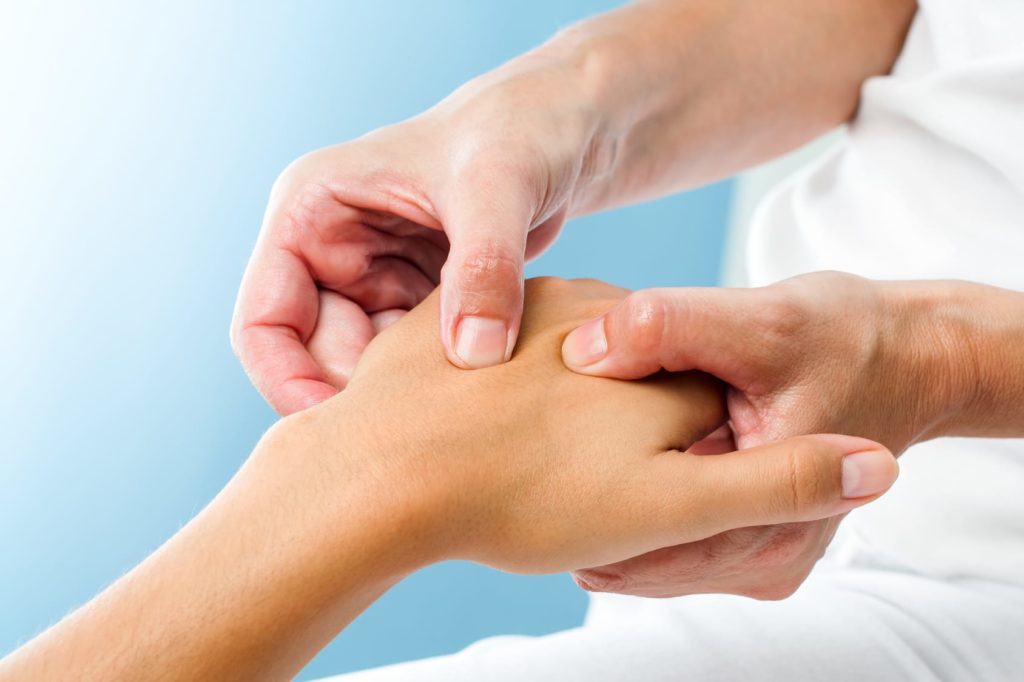Home » Health News »
Current study: osteopathy helps babies completely free of side effects
Osteopathy helps babies side effects
A study has shown that osteopathy leads to the five most common problems of infants, which parents are going to osteopaths, to an improvement of between 50% to 80%. To infant asymmetry, sleep and feeding disturbances, flattened back of the head, and excessive crying.

In the multicentre observational study of the Academy for osteopathy (AFO) and the German Institute for health research of 1,196 infants participated in the first year of life part, which were treated in 151 practices of German osteopaths.
It is noteworthy that in the total of over 3,200 treatments in not a single case of a serious, for the health of the infant that is potentially relevant and/or longer-lasting side effect was observed.
Cattle 1,200 babies with infant asymmetry, sleep and feeding disturbances, flattened back of the head and excessive screaming were treated in the participating osteopathic medical practices with a special additional qualification and years of experience, on average, two to three times. The key measure is the assessment of the parents was, for example, by evaluation of the symptoms of strength with the help of Numerical Rating scales (NRS 0-10).
In the case of idiopathic infant asymmetry, the percentage improvement between the beginning and the end of the treatments was between 78-82%. Have been queried here, the strength of the asymmetry, the eye contact is the preferred side, the rotation to the preferred side, and the asymmetric location. The strength of the symptoms in babies with feeding disorders decreased in the course of the treatments by 77%. The symptoms associated with “excessive” screaming improved by 70%, which was for the parents is a big relief. Sleep disorders improved to 56 %. In the case of the Plagiocephaly was measured by a “cranio-meter” in the head circumference of the child’s skull and the clinically usual Cranial Vault Index (CVAI) was calculated. After the osteopathic treatments which improved to 56 %.
Numerically exact results for the so-called OSTINF STUDY to be published in the course of this year. Further intervention studies are planned. (sb)



